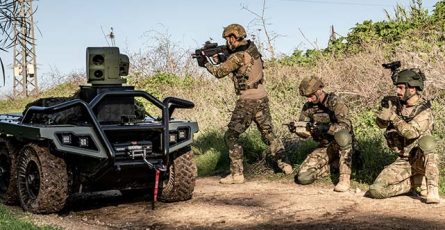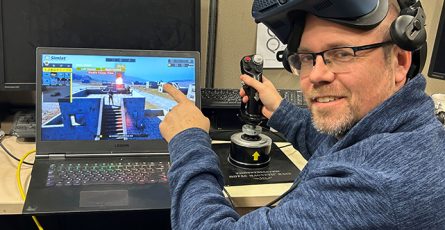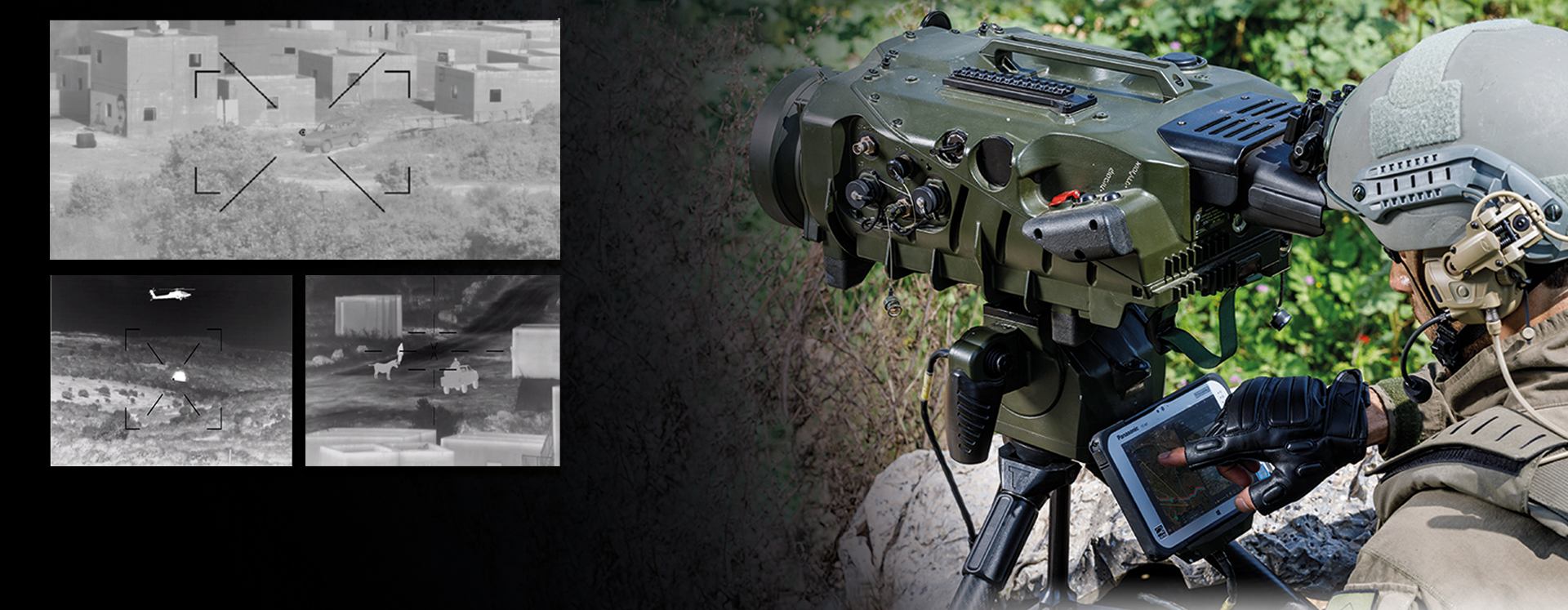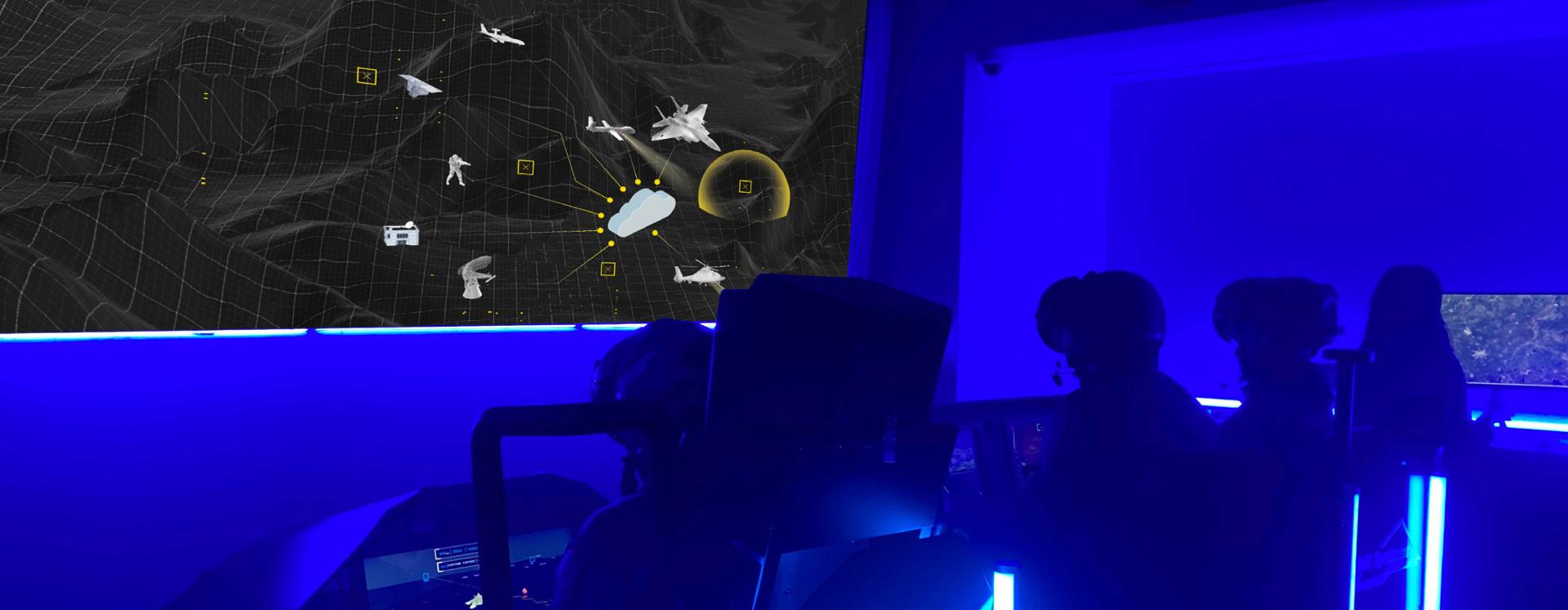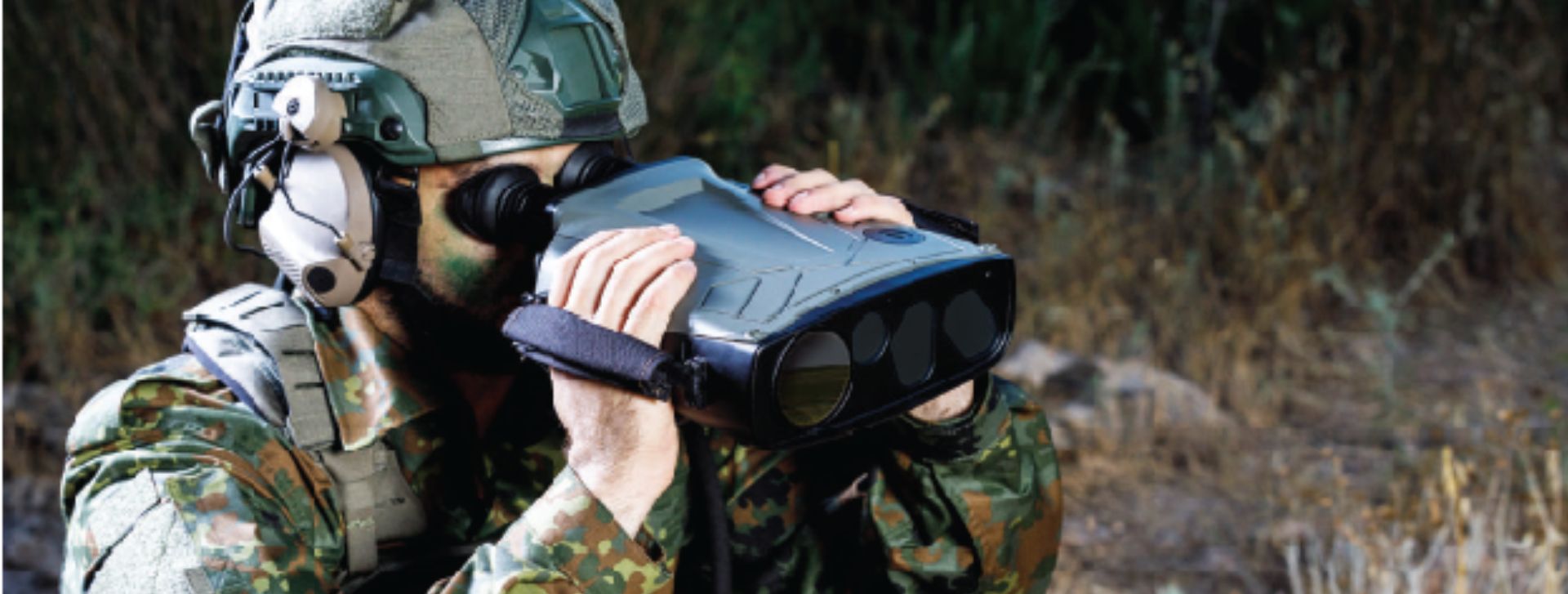From Combat Conditions to VR Labs
The User Experience (UX) & Human Factors Unit at Elbit Systems is not only focused on crafting optimal user interfaces – they aim to safeguard users' lives. They accomplish this critical task using various technological measures
In today’s tech-driven world, the core of every innovative company is its understanding of users’ needs and the emphasis on the User Experience (UX) unit. This comes from a widespread understanding of how crucial it is to craft solutions and products that are finely tuned to meet and exceed users’ needs and expectations, as well as their physical and mental abilities in a constantly changing market.
In this ever-evolving technological landscape, many companies focus on making their products easier to understand and navigate. However, at Elbit Systems’ Global Operation Division (GO), there is a unique group of UX and Human Factor design professionals whose mission goes far beyond just user convenience and creating intuitive interfaces.
UX work is deeply embedded in contexts where every detail matters, and where the clarity of design and the ability to make rapid decisions can be crucial. The UX unit is dedicated to co-creating designs with engineering teams at every project. These collaborations are crucial for delivering unique UX insights that can ultimately protect users in critical situations.
It’s Not Just About Functionality
“In essence, our products stand apart from the crowd,” asserts Gilad, the head of Elbit Systems’ UX and Human Factors at GO. Boasting a wealth of experience, with nearly a decade of leadership in this unique department, Gilad passionately elaborates on its distinct approach.
“We do more than just gauge user comprehension. Our primary focus is on empowering users to maintain unwavering situational awareness, which is a crucial element during most of their interactions with our systems,” he emphasizes. “Essentially, our designer’s role is to draw a line between life and death.”
According to Gilad, a key responsibility of their team is to minimize the cognitive load a soldier faces when interacting with complex military technology, C4I systems, or weaponry. “It’s not merely about functionality,” he elaborates, “it’s about creating experiences that integrate with the user’s physical and mental abilities, thereby enhancing their capacity to navigate critical scenarios with ease.”
Introducing The VR Lab
Attaining these exceptional standards necessitates the use of advanced technologies. The key benchmark lies in comprehending how users interact with a product in real-world situations.
“Consider the scenario of testing a tank’s C4I system in combat conditions,” Gilad illustrates. “It’s crucial that the commander can operate the interface seamlessly under fire. Each button press is significant, every decision must be made with focused attention, and, most importantly, while evading enemy attacks.”
Elbit Systems’ forward-thinking UX team has established a unique Virtual Reality (VR) lab to address these challenges. This approach has significantly influenced their comprehension of product design and user behavior in diverse scenarios.
“Imagine this,” Gilad says with evident enthusiasm. “We bring combat fighters and various end-users to our extended VR mock-up, equip them with VR glasses, and immerse them in our solutions by simulating their specific scenarios.”
After these immersive sessions, the UX designers collect feedback through surveys and interviews to pinpoint which aspects of the design are successful and identify areas needing improvement. But their method extends even further – they also meticulously examine video recordings of the users’ interactions with the solution in the lab to gain deeper insights.
“Our team includes expert behavioral psychologists,” he adds. “Deciphering the underlying reasons behind the participants’ choices. This insight allows us to precisely refine the interface and ergonomic aspects of our solutions, ensuring peak performance.”
Beyond Conventional Thinking
This methodology represents a notable stride in military product testing, aiming to provide accurate and detailed research in UX design. Gilad assumes that future enhancements will incorporate even more tools to gain sharper insights.
“We are planning to integrate neuro-feedback elements into our process,” he discloses. “This tool might be helpful for us to measure the mental effort demanded by each solution we test in our lab.”
Undoubtedly, proficiency in user experience relies on advanced technology to develop precise interfaces. “Ultimately, it’s not just about crafting the best product; it’s about ensuring the safety of our end-users,” Gilad asserts. “Each solution we explore holds potential, and we continuously strive to think creatively and push the boundaries of innovation.”
Gilad reflects on the substantial efforts he has invested over the years to develop these capabilities within Elbit Systems’ headquarters. “It’s been a significant journey so far, and I am both eager and excited to elevate our capabilities in this field to their utmost potential,” he concludes.

